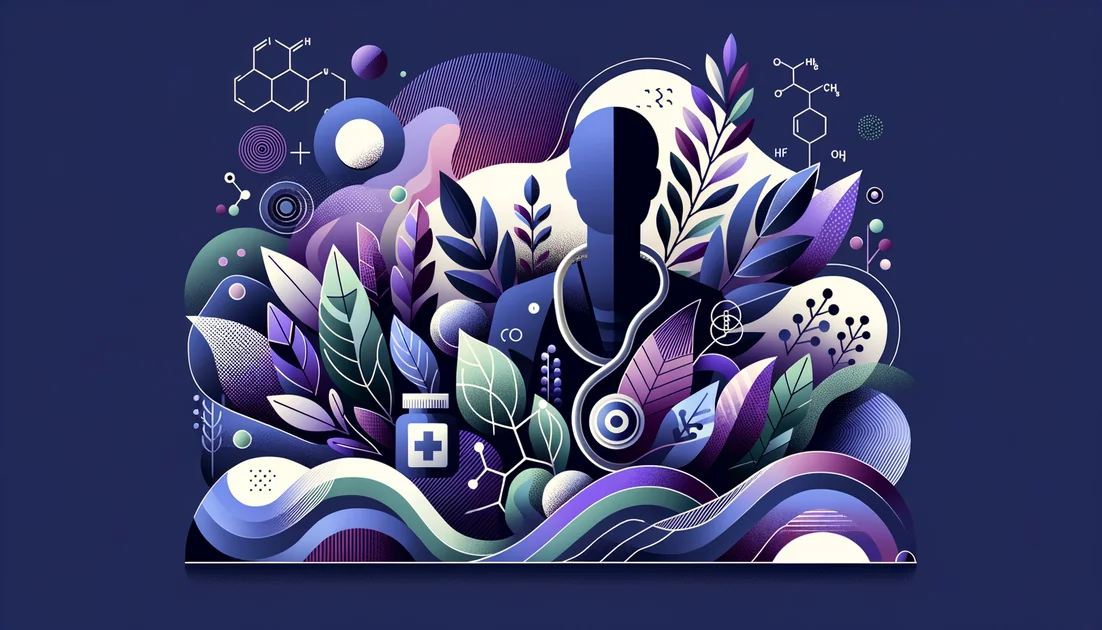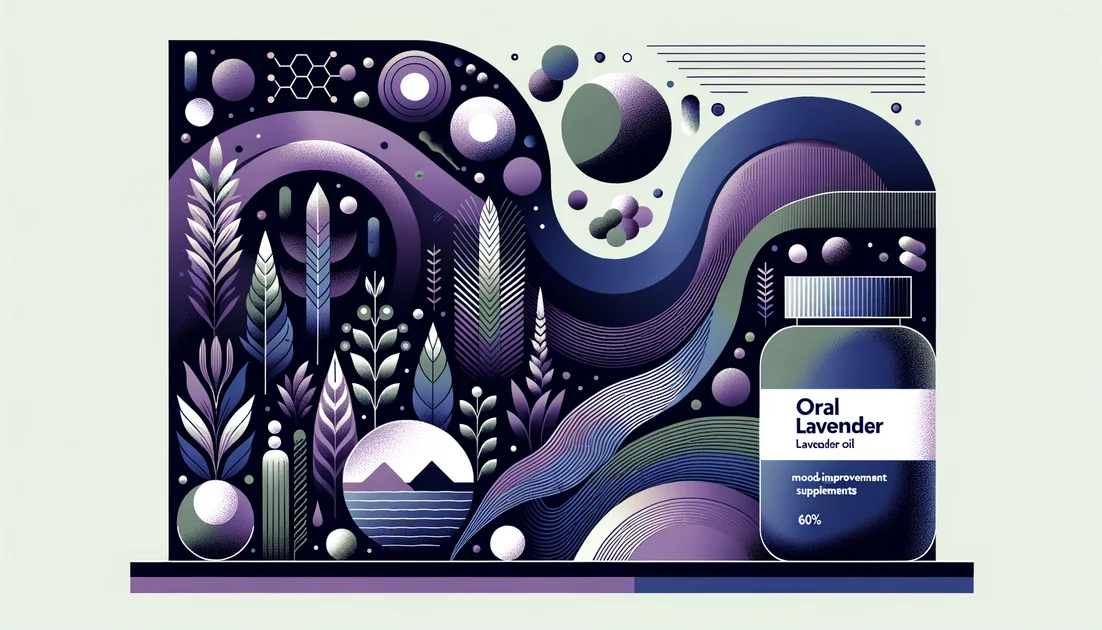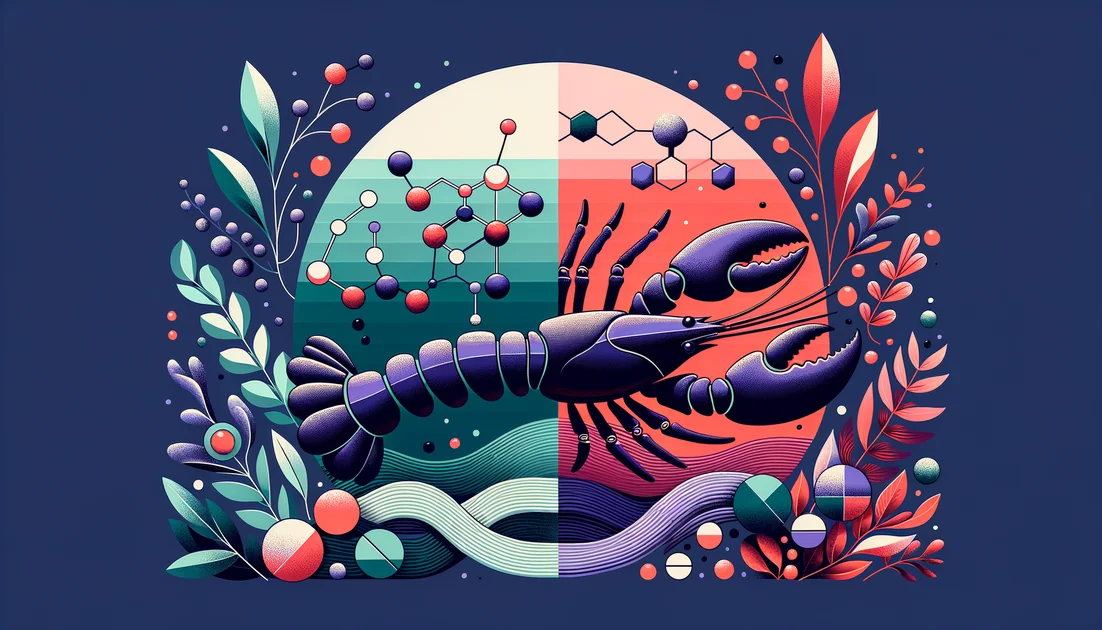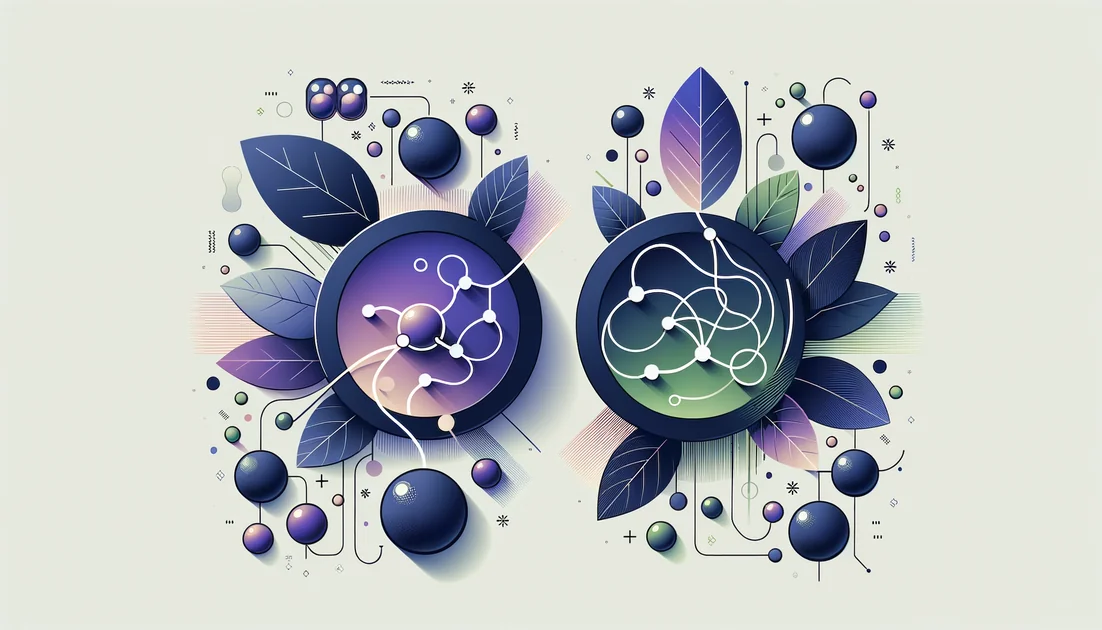Quick Summary
The Verdict
Dual CoreEssential Core: Creatine, Beta-Alanine
Beneficial Additions: Caffeine (for event-day boost), Sodium bicarbonate (for specific anaerobic events)
Optional Additions: Citrulline (blood flow/pump; evidence mixed when combined)
The Synergy Hypothesis
This is a dual-pathway stack: creatine restores quick energy, while beta-alanine raises carnosine to buffer acidity. In workouts with repeated bursts or intervals, both limits—fuel and burn—matter, so combining them should preserve power across sets more than either alone. [1][2][5]
How the system works →
Think of a drag race done over and over. The creatine system is the pit crew topping off your nitro (phosphocreatine) between runs so the engine can keep producing big power. Beta-alanine installs a bigger radiator (carnosine) that prevents overheating from acid buildup. When training demands multiple punches of effort—sprints, hard intervals, high-rep sets—the pit crew and radiator both matter. Trials that supplemented both together generally show better repeated-bout performance than either alone, but not a clear '1+1=3' effect for single-rep strength, where creatine dominates. [1][2][3]
Solo vs Combination
Creatine solo: large, reliable gains in strength/power and lean mass with training. Beta-alanine solo: small-to-moderate gains for 1–4-min efforts and better tolerance of repeated sets after loading. Together: more durable power across repeats than either alone, but not clearly more than 'creatine for strength + beta-alanine for buffering' added together. For 1RM strength, adding beta-alanine to creatine doesn't consistently beat creatine alone. [1][2][3]
The Ingredients
Creatine +
primary active• essential
Refills the muscles' fast energy (phosphocreatine) so you can resynthesize ATP quickly and keep power output high in short, intense efforts. [6][7]
Works Alone?
Yes
Needs combination
What if I skip this? (high impact, combo breaks)
- •You lose the quick-energy refill
- •Strength/power and repeated-sprint benefits drop to what beta-alanine alone can support.
Beta-Alanine +
synergist• essential
Builds up carnosine—the muscle's 'acid sponge'—to buffer burn during hard efforts, helping you sustain output in repeated bouts or 1–4 minute intervals. [5]
Works Alone?
Yes
Needs combination
- •Improves performance in high-intensity efforts lasting ~1–4 min and may increase training volume
- •Requires weeks to load. [5]
What if I skip this? (high impact, combo breaks)
- •You lose the extra acid-buffering capacity
- •Repeated-bout performance and interval tolerance drop to what creatine alone can support.
How They Work Together
Creatine + Beta-Alanine
dual pathway
- •Creatine refuels quick energy
- •Beta-alanine soaks up the burn. Together they help you keep pushing in repeated hard efforts.
Two different 'helpers' tag-team: creatine tops off the phosphocreatine tank so you can fire hard again, while beta-alanine raises muscle carnosine to mop up acid so your muscles don't hit the wall as quickly. [1][2][5]
- •Additive benefits seen for repeated high-intensity work
- •Not clearly greater than the sum of parts for 1RM strength.
Creatine → Fast ATP refill + Beta-Alanine → Acid buffering → Repeated-bout performance ↑
Gas tank + acid sponge
Creatine + Beta-Alanine
enhances absorption
Studies compare performance, not blood levels; there's no pharmacokinetic data showing either changes the other's uptake or levels. [1]
Creatine 0↔0 Beta-Alanine (absorption)
Separate doorways into the body
How the system works in detail →
Think of a drag race done over and over. The creatine system is the pit crew topping off your nitro (phosphocreatine) between runs so the engine can keep producing big power. Beta-alanine installs a bigger radiator (carnosine) that prevents overheating from acid buildup. When training demands multiple punches of effort—sprints, hard intervals, high-rep sets—the pit crew and radiator both matter. Trials that supplemented both together generally show better repeated-bout performance than either alone, but not a clear '1+1=3' effect for single-rep strength, where creatine dominates. [1][2][3]
How to Take This Combination
Timing Protocol
- •Daily, year-round. Beta-alanine: 4–6 g/day split into 2–4 doses with meals for ≥4 weeks to load, then 3–4 g/day to maintain. Creatine: 3–5 g/day anytime
- •Optional 5–7-day loading at 20 g/day split 4× to speed saturation.
Doses
Creatine: 3–5 g/day (same as solo); timing flexible; slight edge post-workout is possible but small. [10][11]
Beta-Alanine: 4–6 g/day, split doses; take with meals during loading to boost carnosine. [5][8]
⚠️ Order matters
- 1.
Load beta-alanine over weeks to raise carnosine
- 2.
Saturate creatine daily to keep the quick-energy tank full
- 3.
Train hard to convert both into performance gains
Can add:Caffeine (for acute power/endurance on top of long-term creatine) [18], Sodium bicarbonate (another buffer for specific events) [15][17], Citrulline (pump/flow; evidence mixed in combos) [12]
Should avoid:Mega single doses of beta-alanine (strong tingles, not better) [5], If you have kidney disease, avoid creatine unless cleared by your clinician. [9]
The Evidence
7 combination studies — studied together 0 pharmacokinetic, 7 clinical, 0 mechanistic
View key study →
2025 systematic review of randomized trials (n=263) comparing creatine+beta-alanine vs single agents found advantages for high-intensity, repeated-bout performance, but no extra benefit for 1RM strength; body-composition results mixed. [1]
Read full technical summary →
Creatine refills your muscles' quick-energy tank; beta-alanine loads the muscle "acid sponge" (carnosine). Taken together, they often help you hit more quality reps and keep power higher across repeated, hard bouts (30 s–4 min). Trials show additive benefits for high-intensity performance, but not a magic, more-than-additive 'synergy,' and no extra bump for 1-rep max beyond creatine alone. Dose them consistently (creatine 3–5 g/day; beta-alanine 4–6 g/day split with meals). Safe for healthy adults; beta-alanine tingles are common and harmless. [1][2][3][5]
Cost
Estimated Monthly Cost
$17–35/month (creatine $5–10 + beta-alanine $12–25)
View breakdown →
Creatine: $5–10/month (bulk powder, ~3–5 g/day)
Beta-Alanine: $12–25/month (bulk powder, ~4–6 g/day)
- •Good value if your training lives in repeated, high-intensity work
- •Otherwise creatine alone is the best ROI.
Money-saving options
- Creatine alone: $5–10/month for most of the strength/hypertrophy benefit
- Beta-alanine alone during interval blocks: $12–25/month
Alternative Approaches
Creatine + Sodium Bicarbonate
Creatine, Sodium bicarbonate
+Targets both fast energy and external buffering; evidence for peak/mean power benefits, especially in short, all-out efforts.
−GI upset common with bicarbonate; timing and dosing are trickier.
Choose if:Short events with severe acidosis (e.g., 30 s–2 min sprints, combat-sport bursts).
Beta-Alanine + Sodium Bicarbonate
Beta-Alanine, Sodium bicarbonate
+Dual buffering (inside + outside the muscle) can outperform either alone in some tests.
−Tingles (BA) + potential GI distress (bicarbonate); protocol sensitive.
Choose if:Middle-distance events (~1–4 min) or repeated sprints when buffering is the limiter.
Creatine Alone (simple core)
Creatine
+Cheapest, cleanest route to strength/power and training volume gains.
−No buffering help for 1–4 min intervals.
Choose if:Primary goal is max strength/hypertrophy or sprints <10 s.
Safety Considerations
Creatine is among the most researched ergogenic aids and is safe for healthy adults at 3–5 g/day; high-quality trials show no harm to kidney function in healthy people consuming even high-protein diets. Beta-alanine is generally safe; the main side effect is harmless tingling (paresthesia), which is dose-related and reduced by splitting doses or using sustained-release and meal co-ingestion. Avoid mega single boluses of beta-alanine. As with all supplements, use products from reputable brands (NSF/USP/Informed Sport) and discuss with a clinician if you have medical conditions or take medications. [9][6][5][8]
Common Misconceptions
- ✗"You must feel the tingles for beta-alanine to work." False—tingles are not related to performance benefits.
- ✗"Creatine is a steroid." False—it's a nutrient that supports phosphocreatine, not a hormone.
- ✗"Timing is everything for creatine." Consistency matters far more than exact timing.
- ✗"They need a special ratio." No specific ratio is required; each has its own effective dose.
Common Questions
Can I take just creatine without beta-alanine?
When should I take them?
Do they boost each other's absorption?
- •No proven absorption synergy
- •They work through different systems. Benefits are mainly additive in performance, not pharmacokinetic. [1]
Are the beta-alanine tingles dangerous?
Interaction Network Details →
Creatine:Refills fast muscle energy so you can explode again.
Beta-Alanine:Builds the acid-buffer (carnosine) that delays the burn.
Phosphocreatine ATP refill:The quick energy top-up your muscles use between bursts.
Muscle carnosine buffering:Carnosine soaks up acid so muscles keep firing.
Repeated-bout performance:Staying strong across multiple sprints/sets.
Max strength (1RM):Heaviest single rep you can lift.
Visual network diagram coming in future update
You might also like
Explore more of our evidence-led investigations, comparisons, and guides across every article style.

Nature's Answer
Nature's Answer: testing-forward heritage extractor with a fixed FDA stumble and only modest transparency

NAD+ (direct NAD+ therapy) vs NMN (nicotinamide mononucleotide)
For most people seeking a convenient, lower-cost, evidence-aligned way to support NAD biology, choose NMN orally. Reserve NAD+ IV for supervised, short-term boosts when you accept higher cost, procedure risks, and limited controlled efficacy data. [1][4][10]


Astaxanthin
A lobster drops into a pot and, in seconds, its shell flashes from blue-green to fire-red. That dramatic color flip is your first glimpse of astaxanthin—the same pigment now showing up in capsules that promise calmer skin under summer sun and steadier eyes after hours of screen glare.


Tocotrienols
The stealthier cousins of vitamin E—built with springy tails that move differently in cell membranes and behave differently in your body.





